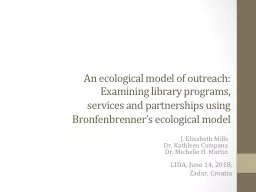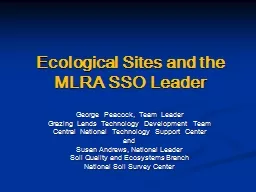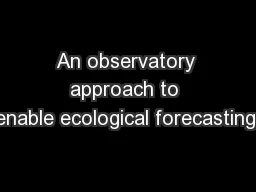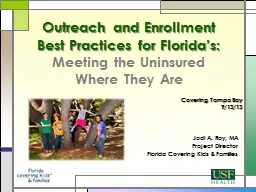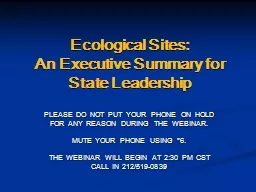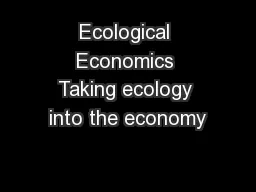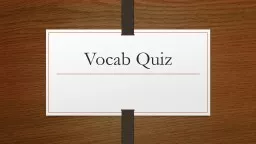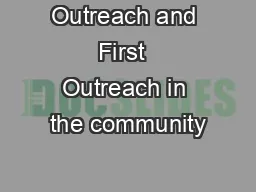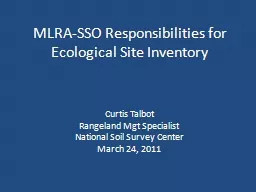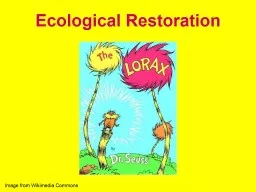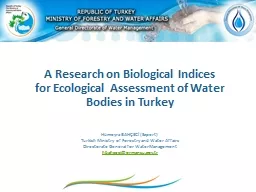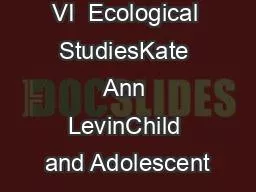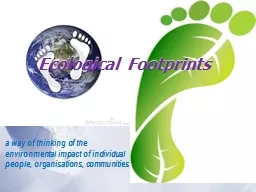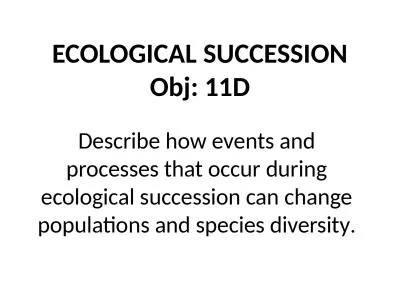PPT-An ecological model of outreach:
Author : sportyinds | Published Date : 2020-08-26
Examining library programs services and partnerships using Bronfenbrenners ecological model J Elizabeth Mills Dr Kathleen Campana Dr Michelle H Martin LIDA
Presentation Embed Code
Download Presentation
Download Presentation The PPT/PDF document "An ecological model of outreach:" is the property of its rightful owner. Permission is granted to download and print the materials on this website for personal, non-commercial use only, and to display it on your personal computer provided you do not modify the materials and that you retain all copyright notices contained in the materials. By downloading content from our website, you accept the terms of this agreement.
An ecological model of outreach:: Transcript
Download Rules Of Document
"An ecological model of outreach:"The content belongs to its owner. You may download and print it for personal use, without modification, and keep all copyright notices. By downloading, you agree to these terms.
Related Documents

